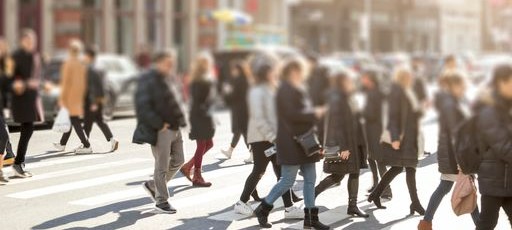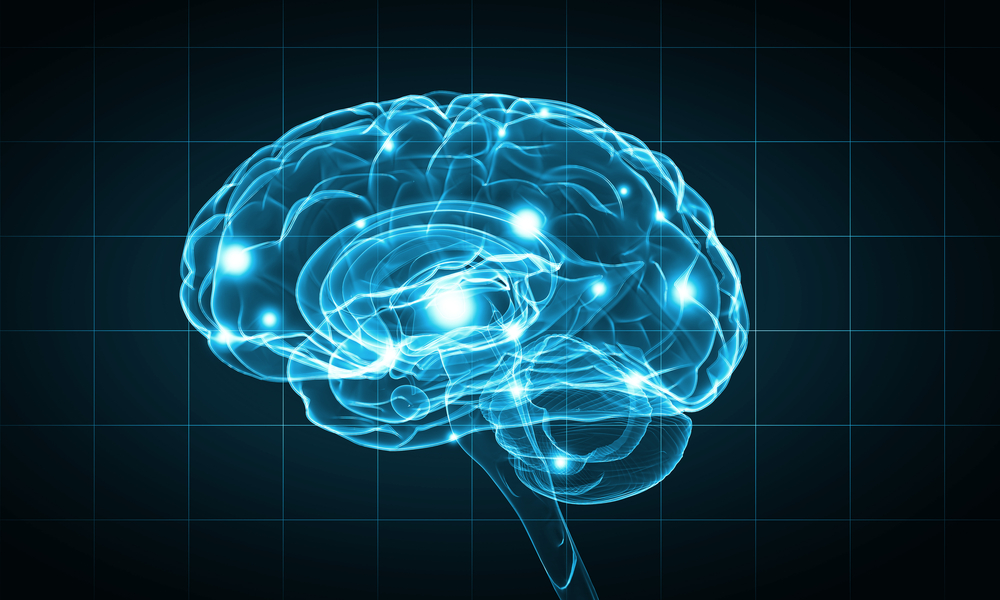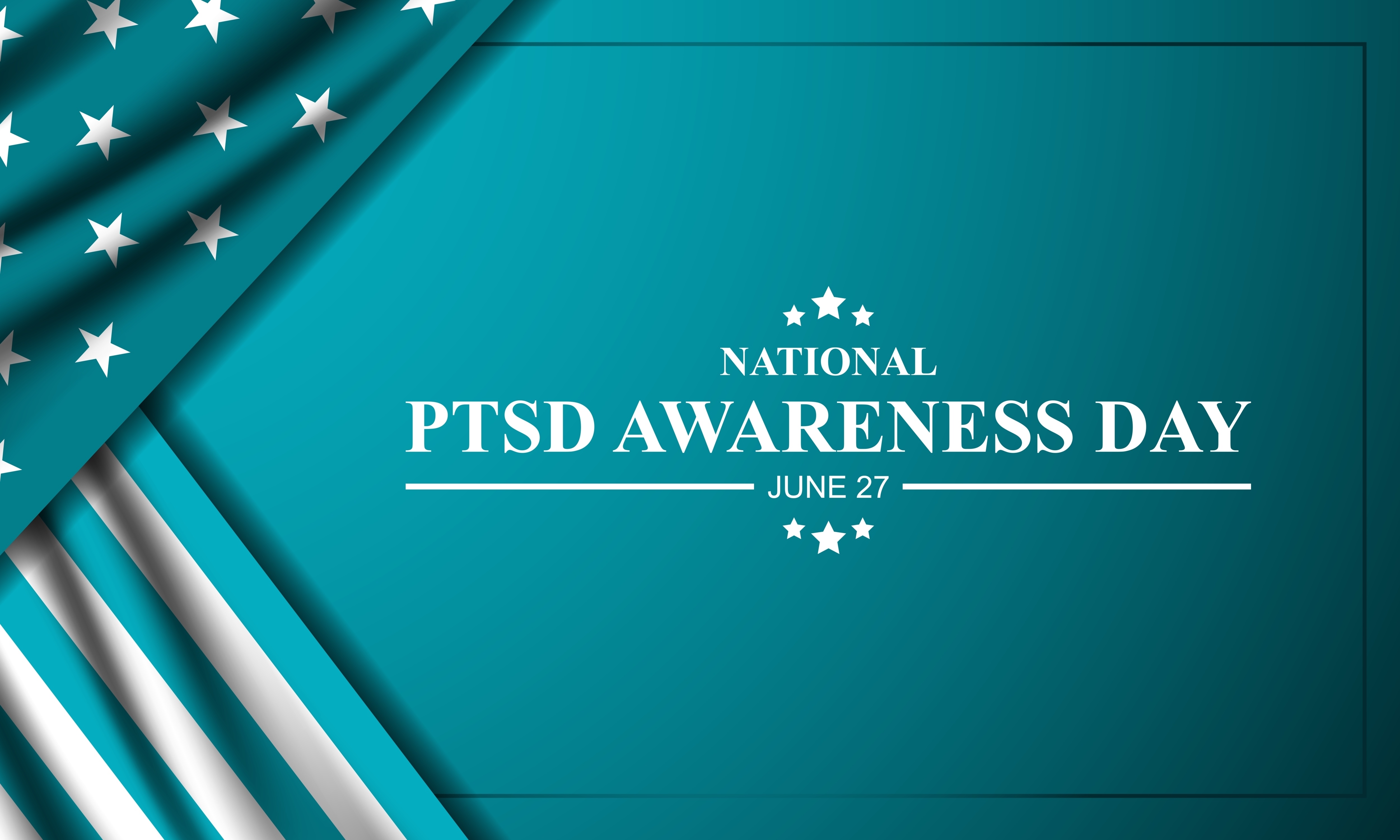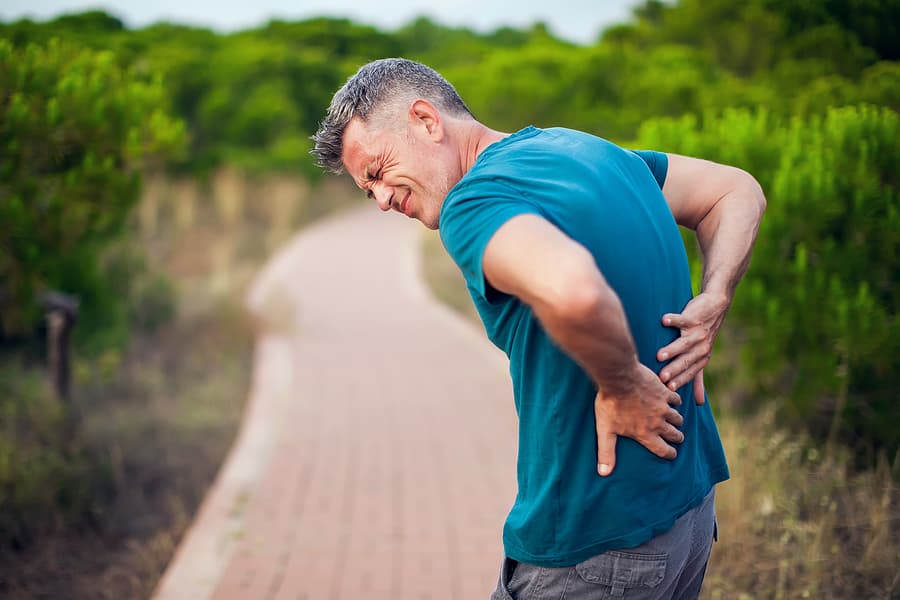Understanding the Long-Term Health Effects of 9/11 on New York City's Students

Approximately 25,000 children were living or going to school in lower Manhattan on the day of the 9/11 attacks. The lasting health effects of this exposure on New York City’s (NYC) students – from physical illnesses to mental health issues – are still being felt by students of all ages who were present in or around the World Trade Center (WTC). This includes the area of Manhattan that is south of Houston Street and a large part of Brooklyn Heights.
The WTC Health Program (WTCHP) was created in 2011 to monitor and treat responders and survivors (including students and others) with 9/11-related health conditions. The Program is administered by the National Institute for Occupational Safety and Health (NIOSH) and has conducted research into the physical and mental health effects of those who were present in lower Manhattan on 9/11 or were exposed to the dust and debris in the following months.
The terrorist attacks of September 11, 2001, and the collapse of the WTC buildings created a massive dust cloud of toxic particles that included asbestos, pulverized cement, glass fibers and other chemicals. This dust and debris covered 1.5 miles around the WTC site. Fires continued to burn for months, releasing even more dangerous particles into the air. Residents, students, and workers present in lower Manhattan (as far north as Houston Street) were exposed to toxic gas, dust, vapors, and smoke up until the end of July 2022.
Physical Health Effects
Along with workers involved with the rescue and recovery effort, as well as the general population of New York City, many students studying in Manhattan on 9/11 or the months following have developed serious physical health conditions, including 70+ different types of cancer as well as respiratory conditions such as asthma and chronic respiratory disorders and gastrointestinal symptoms. Chronic rhinosinusitis, gastroesophageal reflux disease, GERD, and various types of cancer are the top reported medical conditions.
Researchers from the Global Psychiatric Epidemiology Group at Columbia University – New York State Psychiatric Institute studied 844 children who were directly exposed to the attack by being physically present below Canal Street in Manhattan when the towers fell and were either eyewitnesses or were in the dust after the collapse, and they found that those exposed were more likely to have a lifetime physical health condition (27%) compared with those that were not exposed (11%).
Mental Health Effects
The mental and emotional health impacts on NYC’s students exposed on or after 9/11 have also been profound. Those exposed to the attacks have suffered from trauma and post-traumatic stress disorder (PTSD) that continues to impact them today. In fact, PTSD, anxiety disorder, and major depressive disorder are all among the top 10 medical conditions diagnosed among living 9/11 responders and survivors, and 28% of participants in the WTCHP have been diagnosed with a mental health condition directly related to 9/11. Research indicates that the effects extend beyond the acute traumatic exposure of 9/11, and includes the continued effects of post-disaster life disruption and economic hardship. The disruption of schools and regular routines as well as travel restrictions, for example, are associated with elevated rates in youth of probable PTSD and other anxiety disorders as well as major depressive disorder in the case of restricted travel.
Resources for Combating the Physical and Mental Health Effects of 9/11
Many resources are available to help students cope with these lingering physical and mental health issues. The WTCHP provides free and confidential health care for eligible groups who were present in lower Manhattan or other attack and cleanup sites on 9/11 or the months following, offering medical monitoring and treatment for physical and mental health conditions. Eligible groups include WTC survivors (those who lived, worked, or went to school, daycare, or adult daycare in the NYC disaster area on or after 9/11, or were exposed to the dust cloud), WTC general responders, active or retired Fire Department of New York responders, and Pentagon/Shanksville responders.
How Working with a 9/11 Attorney Can Make a Difference
For those individuals who were exposed to the 9/11 attacks and have developed health conditions, navigating the application and claims process for the VCF and WTCHP can be overwhelming. Working with an experienced 9/11 attorney can make a significant difference in the support you receive and help you focus on your health and your life. 9/11 attorneys know the ins and outs of finding the 9/11-related medical care you need and will get you the financial compensation you deserve.
Consult Hansen & Rosasco for Answers
The attorneys at Hansen & Rosasco, LLP are knowledgeable and dedicated 9/11 attorneys who have represented hundreds of 9/11 survivors, including many downtown area students. Our 9/11 attorneys provide reliable guidance and advice, as well as persistent and caring representation. Find out more about who is covered, and contact us today for a free consultation.
Individuals who attended any of the following schools on 9/11 or between September 11, 2001, and May 30, 2002, who were diagnosed with a covered 9/11-related medical condition can seek compensation for wage loss and pain and suffering associated with their illness. On 9/11, within this densely packed area of the lower Manhattan Area, there were at least 24 schools and universities, including:
- PS1 Alfred E. Smith
- PSM004
- PS 89 Liberty
- PS 126 Jacob August Ruis
- PS 150 TriBeCa Learning Center
- PS 234 Independence School
- PS/IS 276 Battery Park City School
- PS 397 Spruce Street School
- IS 289 Hudson River Middle School
- Borough of Manhattan Community College
- Church Street School for Music and Art
- German School Manhattan
- High School of Economics & Finance
- Leadership & Public Service High School
- Leman Manhattan Preparatory School
- Metropolitan College of New York
- Montessori School Manhattan
- Murry Bergtraum High School for Business Careers
- New York Law School
- PACE High School
- Pace University
- School for Young Performers
- Stuyvesant High School
- TriBeCa Community School



